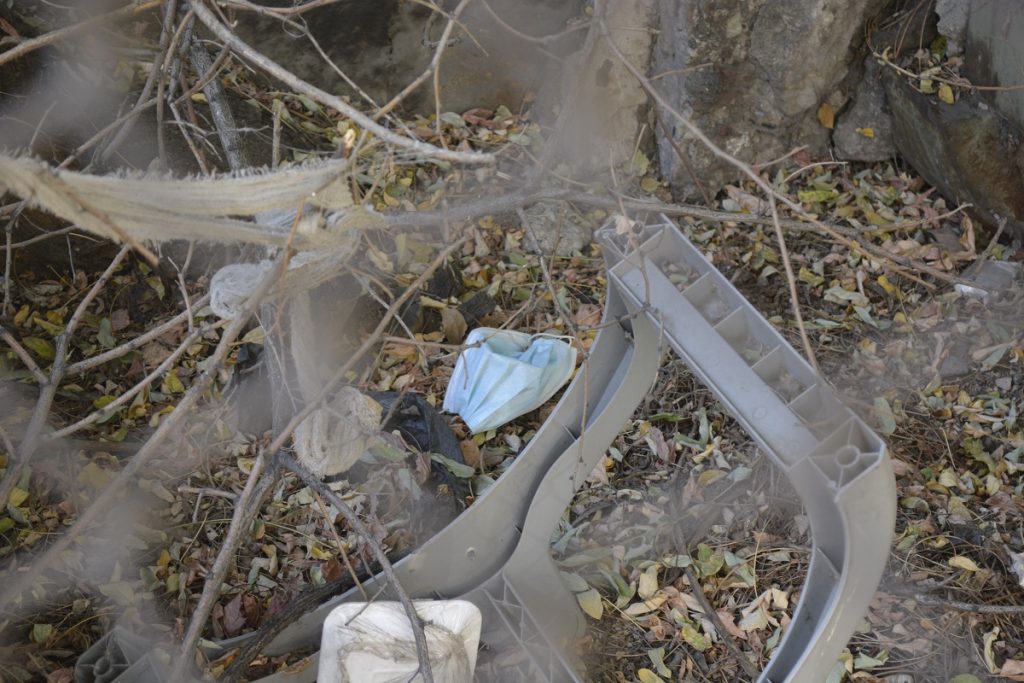One side effect of the pandemic that no one talks about
As governments grapple with the pandemic, an accompanying problem is growing almost without attention: literally billions of protective face masks and gloves that are not recyclable are appearing in landfills across the world every month.
According to a report by the American Chemical Society (ACS), an American nongovernmental organization with more than 140 years of experience, 129 billion masks and 65 billion gloves have been used every month throughout the epidemic.
This problem is relevant across the globe, but let’s take a look at the problem using the example of Yerevan.
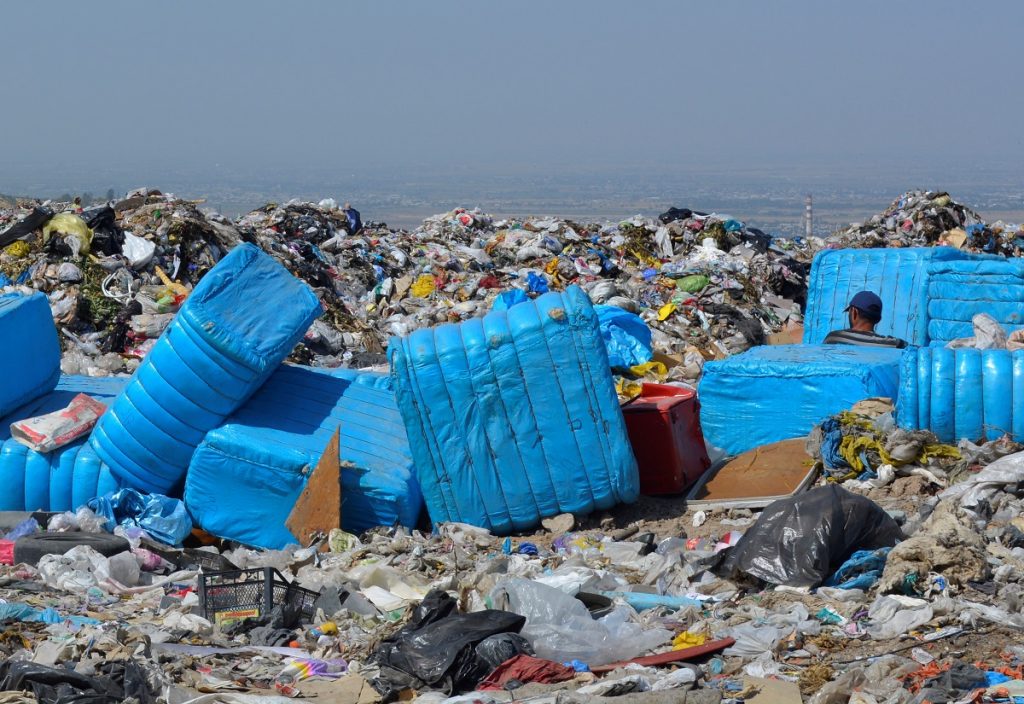
This dump is in the Nubarashen district of Yerevan. Among the mountains of garbage, there are now also huge quantities of masks and gloves.
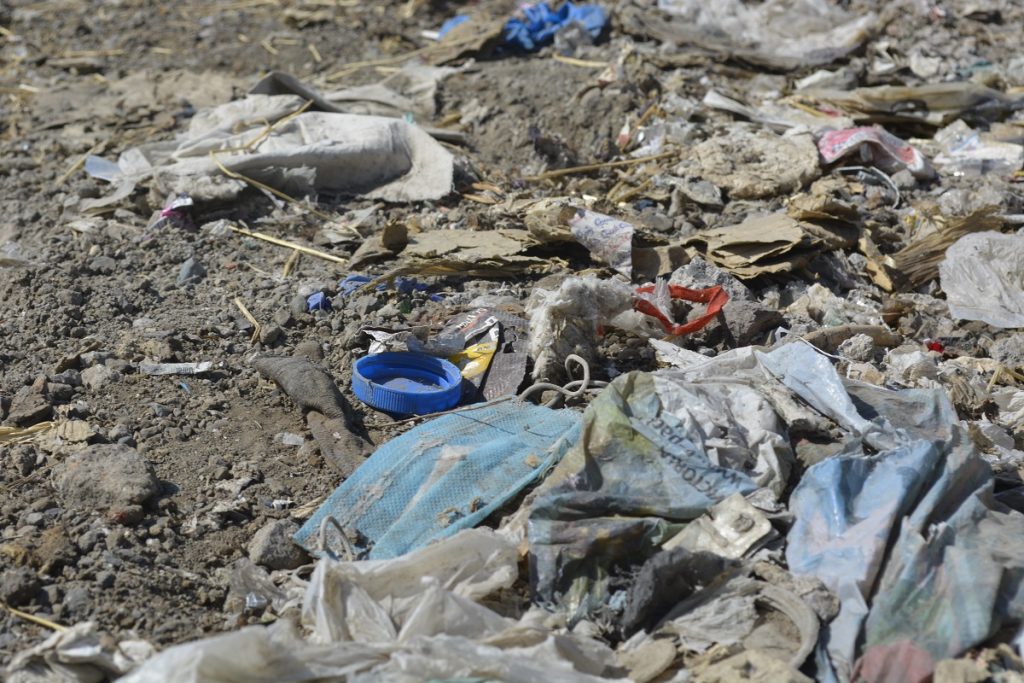
This landfill has its regular visitors, who are forced to spend most of the day digging in trash due to extreme need. These are people of different ages, among them there are women, men, many children.
Colored mountains of garbage can be seen several hundred meters before the landfill itself, the smell is present at the same distance.
Masks and gloves are only used for two to three hours. And they take at least 450 years to decompose.
The population of Armenia is about three million people. Everyone uses one to two masks a day on average. The result is a huge amount of garbage.
And now you can find disposable protective masks, gloves and plastic containers for disinfectants lying on the ground anywhere – from central streets to mountains and forests. And on windy days they fly in flocks over the streets of Yerevan.
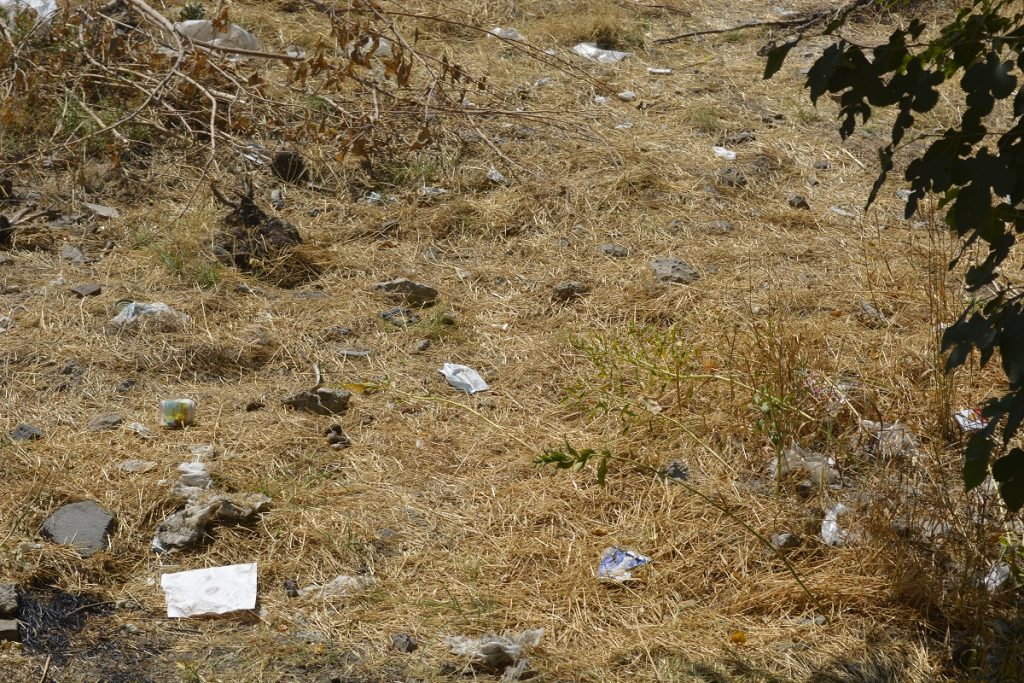
How should disposal take place according to the rules?
Back in 2008, the Armenian Ministry of Health developed clear rules for the disposal of personal protective equipment, including masks and gloves – collection, disinfection, sterilization and / or destruction, transportation and burial.
Masks and gloves have long been a threat to nature, just until now they were used mainly in laboratories and hospitals, and there is a culture of handling them, says biologist Manan Asikyan, senior laboratory assistant at the Department of Zoology at Yerevan State University:
“It is important to convey to people the need to consciously treat this waste. So that if it is impossible to sort into separate containers, at least they throw it into the trash can, and not just anywhere.”
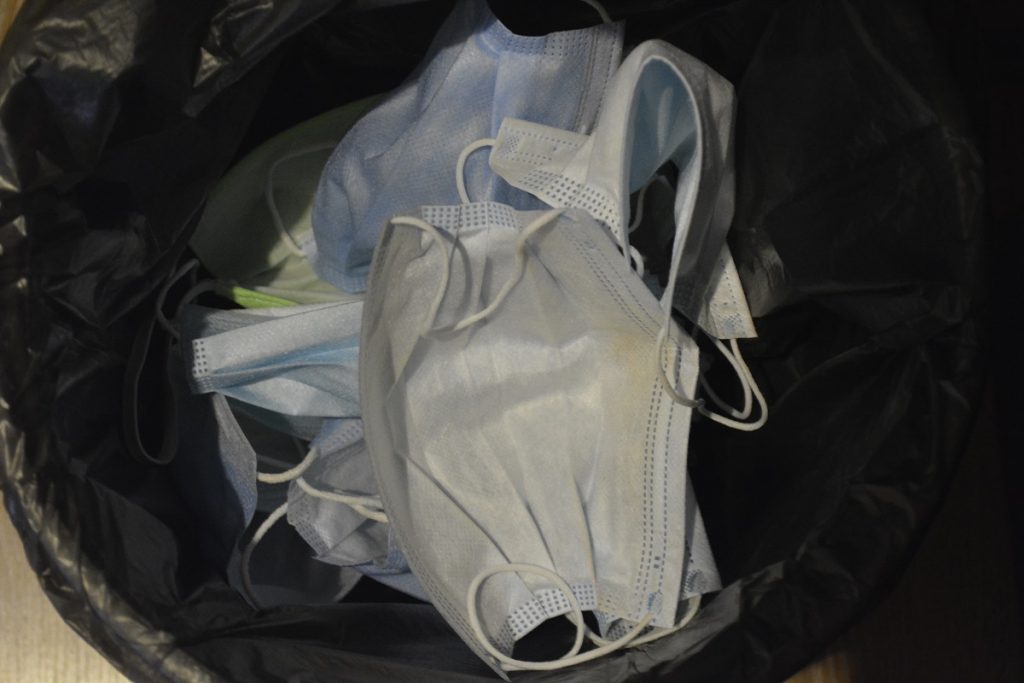
Masks and gloves that strangle animals
Pollution of nature and living space in general is not the only problem that discarded masks and gloves have created.
“Cows, horses, pigs, chickens, birds, fish – they often eat these items. And of course they are not digested. They often get stuck in the throat, in the esophagus, and the animals can suffocate. And if they do manage to swallow them, then there are big problems with the stomach.
If cattle are still somehow able to swallow and digest masks, then fish, for example, cannot, they are much more sensitive and vulnerable. In addition, masks and gloves can end up in birds’ nests, with corresponding consequences,” says Manan Asikyan.
In the production of masks and gloves, plastic is used, as well as polypropylene and polyurethane. Biologist Astghik Yezekyan says gloves are more toxic than masks.
In her opinion, they still pose the greatest danger to animals, and not to plants and trees. Trees in this case are saved by the fact that they feed on micro-nutrients of the soil and water.
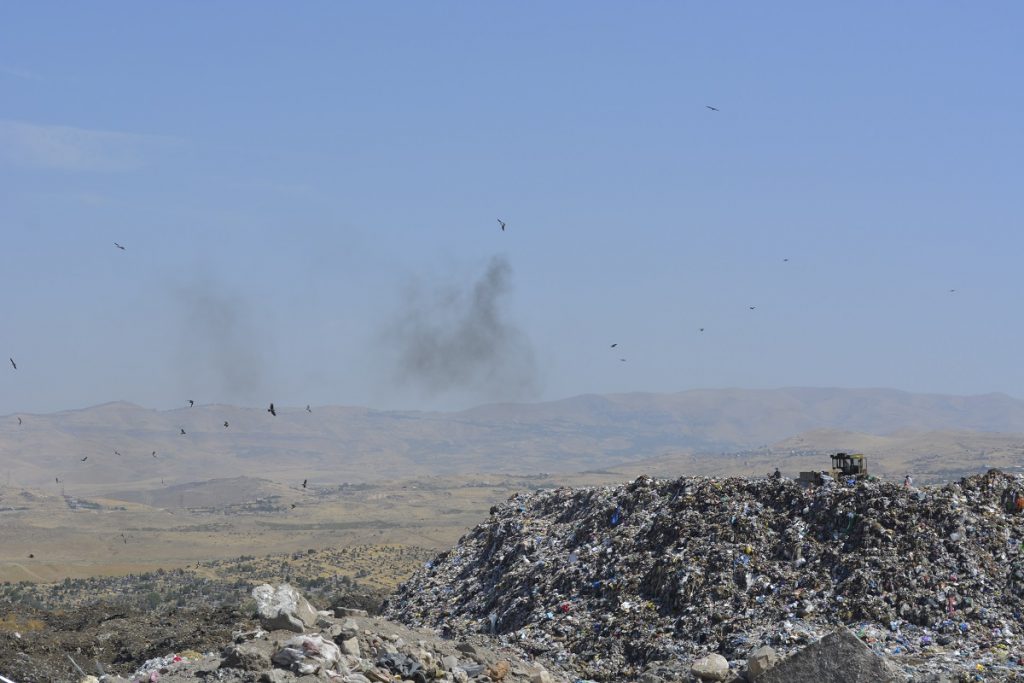
What harm has medical waste already caused to Armenia? The authorities have no answer
In order to discuss what to do next, it is important to know the exact data on how great the damage has already been done. However, the Ministry of the Environment admits they have not conducted any research on the negative impact of masks on the environment and declined to comment on the issue.
“The negative impact of medical masks on the environment should be studied over a period of time. And this is […] the task of research institutes. In the presence of relevant scientific research, the ministry will take commensurate steps,” the ministry’s response letter says.
Medical masks are not processed at all in Armenia, there are no such specialized enterprises in the country. At the same time, their purchase and production are quite active.
Production
According to information provided by the Ministry of Economy, in Armenia in 2019-2020, the production of masks was mainly carried out by Tavush Textile and Salus, as well as several small enterprises.
But how many masks they have produced and will still produce, the ministry does not know. As it turned out, they do not collect such statistics at all, since the legislation of Armenia does not require the provision of information to tax authorities on the physical volumes of production and sales of “mask” products.
Import
The State Revenue Committee of Armenia cannot answer the question of how many masks were imported into the country, since there is no separate special product classification for them with the inscription “mask”.
Therefore, the column “name of goods” in documents is filled in by business owners is often done so arbitrarily, which does not allow for the goods to be identified.
